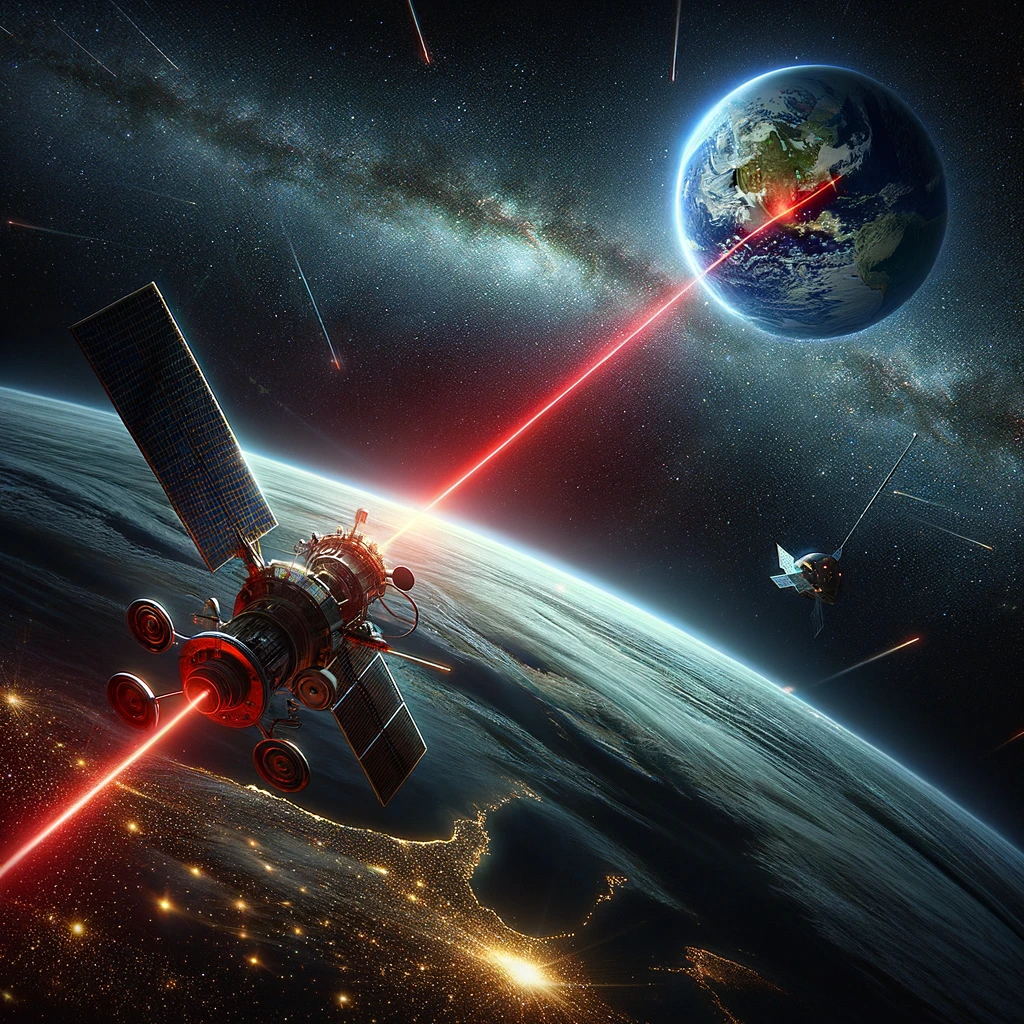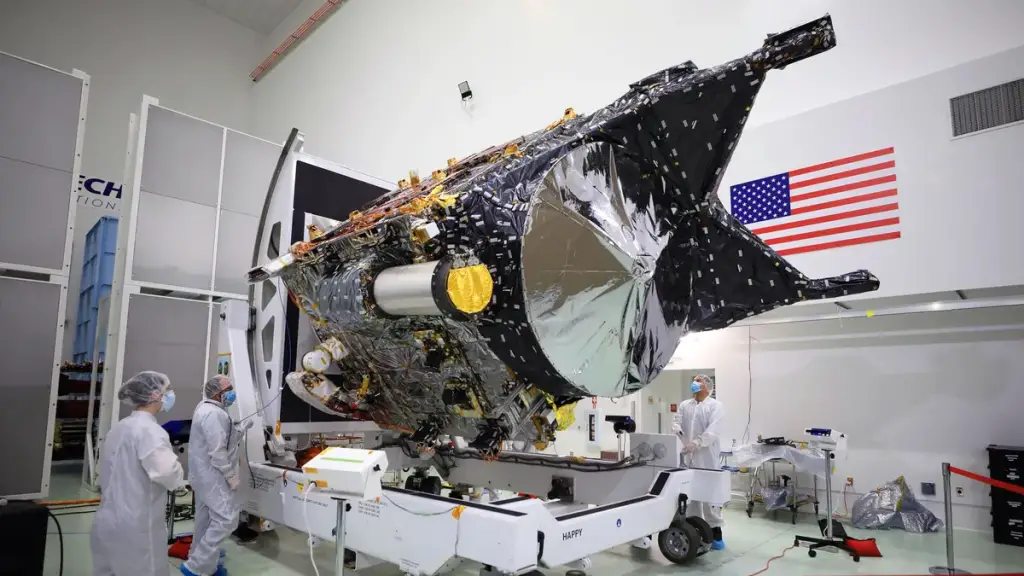
In a groundbreaking achievement that may revolutionize space exploration communication, NASA’s Psyche spacecraft, on a pioneering mission to explore the asteroid belt, has successfully sent a laser-beamed message from a staggering distance of 16 million kilometers—far beyond the Moon’s orbit. This landmark event, a testament to human ingenuity and the relentless pursuit of knowledge, marks a new era in how we reach out to the vastness of space.
The Deep Space Optical Communications Breakthrough
At the heart of this revolutionary feat is the Deep Space Optical Communications (DSOC) tool, a marvel of modern engineering. Onboard the Psyche spacecraft, DSOC accomplished what no other has done before: transmitting a near-infrared laser encoded with test data from a position about 40 times farther than the distance between the Moon and Earth. The message was successfully received by the Hale Telescope at Caltech’s Palomar Observatory in California, proving the viability of laser communication over immense cosmic distances.
The Psyche Mission: A Journey to the Unknown
Psyche, an ambitious NASA mission, is not just a spacecraft; it’s a daring voyage to a metal-rich asteroid named Psyche, nestled in the asteroid belt between Mars and Jupiter. This mission, however, is not just about reaching an asteroid; it’s a testbed for futuristic technologies that could shape the future of space exploration. The DSOC technology demonstration, riding along on this journey, is one such innovation, aiming to revolutionize how we communicate in the vastness of space.

Laser Communication: The Future of Deep Space Messaging
Traditional space communication has relied heavily on radio waves, which, while effective, have their limitations, especially when it comes to data transmission speed and volume. DSOC changes the game by using laser beams, tightly packed with data, to send information across the solar system. This method allows for the transmission of vast amounts of data at unprecedented speeds, a crucial feature for future deep-space missions, including potential manned voyages to Mars and beyond.
Overcoming Cosmic Challenges
However, this technological leap is not without its challenges. The further the distance, the more precision is required in pointing the laser beam. Additionally, the signal weakens over long distances, introducing communication lags. For instance, during the initial test, photons took around 50 seconds to travel from Psyche to Earth, a duration that will only increase as the spacecraft ventures further into space.
The Implications of DSOC’s Success
The successful test of DSOC’s laser communication is more than a mere technical accomplishment; it’s a beacon of possibilities. It heralds an era where high-resolution scientific data, detailed imagery, and even live video streams from distant planets could become the norm. This technology promises to enhance our understanding of the cosmos, bringing distant worlds within our digital reach.
Looking Ahead: A New Dawn in Space Exploration
As NASA’s Psyche spacecraft continues its journey, carrying with it the DSOC technology, we stand on the brink of a new age in space exploration. This is not just about the exploration of distant celestial bodies, but also about how we connect with our robotic emissaries in the void. The success of DSOC’s laser communication is a pivotal step towards a future where the mysteries of the universe are just a laser beam away. With this incredible technology, we are rewriting the rules of space exploration, bringing the cosmos closer to Earth than ever before.


Pfffft. Same speed of light tech but needing better aim. Let me know when they develop sub-space communications technology.